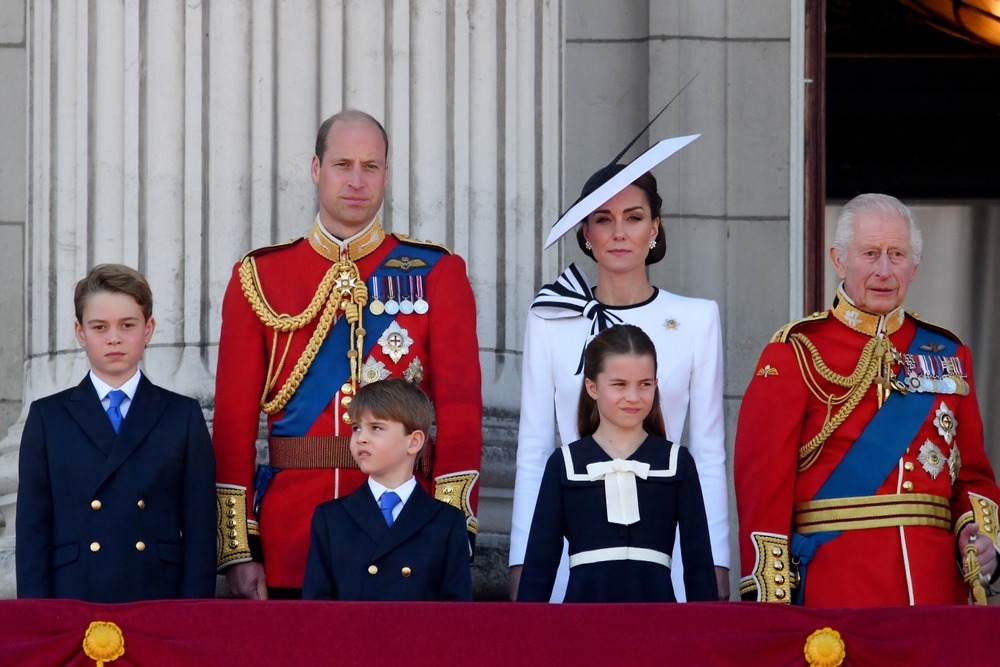COP29: Climate Finance Chaos – Six Reasons It’s the Global ‘Wild West’
COP29: Climate Finance Chaos – Six Reasons It’s the Global ‘Wild West’
As the COP29 climate summit convenes in Baku, Azerbaijan, world leaders face mounting pressure to redefine international climate finance targets. Developed nations have pledged billions annually to support vulnerable countries in tackling climate change, yet the system underpinning these funds is plagued by controversy. From inconsistent definitions to questionable allocation, the state of global climate finance is drawing sharp criticism. Here are six key reasons why the system remains chaotic.
No Consensus on What Counts as Climate Finance
One of the most contentious issues is the lack of a universally accepted definition of "climate finance." While broad frameworks suggest that climate finance should support emission reductions or climate adaptation, there’s no formal agreement on which activities qualify.
Prof. Romain Weikmans, a climate-finance researcher at the Free University of Brussels, highlights the ambiguity:
“Developed countries have diverging understandings on what should count as climate finance and on how to count it.”
Self-reporting by donor nations, often driven by political pressures, has led to overestimations. Although reports suggested the $100 billion target was met in 2022, the absence of clear definitions means it’s impossible to verify. This lack of clarity undermines trust between developed and developing nations.
Inconsistent and Opaque Accounting Practices
Accounting for climate finance varies widely among donors, leading to inflated figures and discrepancies. Joseph Kraus of the ONE Campaign describes the system as chaotic:
“Climate finance accounting is like the wild west: Every climate finance provider makes its own rules about what to count.”
The Rio marker system, used to assess whether aid projects align with climate goals, was never designed for precise financial tracking. This has led to countries reporting projects as climate-related, even when their relevance is questionable.
Independent audits in Denmark, the Netherlands, and the EU reveal widespread mislabeling of projects, including those supporting fossil fuels. The lack of transparency further exacerbates the problem, making it difficult for civil society and recipient nations to hold donors accountable.
Questionable Projects Undermine Climate Goals
While many projects funded through climate finance have clear climate benefits, others fall short. Researchers have identified cases where funds are misallocated to fossil fuel projects, luxury hotels, or unrelated initiatives.
Stacy-ann Robinson, a climate-adaptation researcher at Emory University, highlights the problem:
“Some climate finance has been going to questionable places to support objectives that are clearly not related to…reducing vulnerability or increasing resilience.”
Japan, for instance, has drawn criticism for labeling investments in coal and gas plants as climate finance. Meanwhile, European nations have also reported fossil fuel-related projects, raising further doubts about donor commitments to genuine climate action.
Heavy Reliance on Loans Raises Concerns
Loans dominate climate finance flows, accounting for over half of bilateral finance and three-quarters of investments by multilateral development banks. Critics argue that loans, especially non-concessional ones, allow donor nations to profit while saddling developing countries with debt.
Amid a growing debt crisis, many recipient nations struggle to balance repayments with climate adaptation needs. Civil society groups advocate for reporting loans based on their "grant equivalent" value, reflecting the donor’s true financial contribution.
Commitments Don’t Always Lead to Disbursements
A significant portion of climate finance is reported as "committed" rather than "disbursed." However, changes in political priorities or local circumstances can result in funds never being delivered.
Mattias Söderberg of DanChurchAid underscores the issue:
“Projects are interrupted…Changes in the context or in the projects mean that committed funds may not be disbursed as planned.”
This disconnect raises concerns about over-reporting and highlights the need for greater accountability in tracking climate finance.
Donor Nations Prioritize Their Own Interests
Climate finance is often tied to projects that benefit donor nations economically. For instance, France has funneled significant funds into rail projects in developing countries, often implemented by French companies.
Stacy-ann Robinson reflects on this practice:
“Perhaps we need regulations around the conditionalities associated with [climate] finance that would reduce the possibility of only French companies…being able to work on these projects.”
Additionally, consultancy contracts tied to climate finance frequently go to firms in donor nations, further diluting the intended benefits for recipient countries.
The Road Ahead
As negotiations continue at COP29, the urgency to overhaul climate finance systems is clear. Without greater transparency, standardized definitions, and stricter accountability, trust between developed and developing nations will remain fragile. The world is watching to see if meaningful reform emerges from the summit—or if the “wild west” of climate finance persists.













